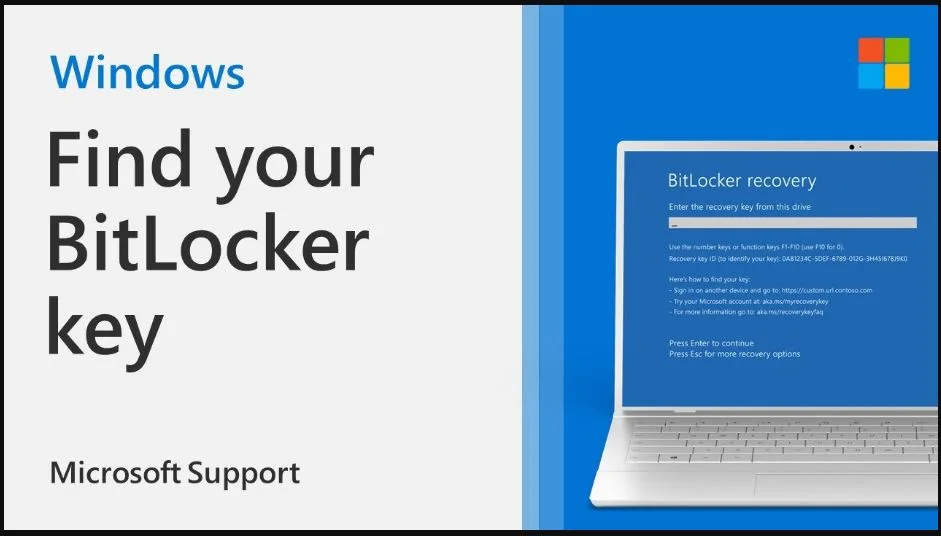CÑIMS: Comprehensive Network Information Management System

In the era of digital transformation, the management of information and networks has become increasingly complex and crucial for the success of any organization. Enter CÑIMS, or Comprehensive Network Information Management System, a powerful solution designed to streamline network management, enhance data security, and improve operational efficiency. This article delves into the various aspects of CÑIMS, including its features, benefits, implementation strategies, and future prospects, providing a thorough understanding of why it stands out as a vital tool in the modern digital landscape.
Introduction to CÑIMS
CÑIMS, the Comprehensive Network Information Management System, is a sophisticated platform developed to address the growing needs of organizations for effective network management and information security. It integrates various functionalities such as network monitoring, data management, security protocols, and user management into a single, cohesive system. By offering a unified approach, CÑIMS ensures that organizations can manage their networks more efficiently and securely.
The Importance of Network Management
In today’s interconnected world, networks are the backbone of organizational operations. Effective network management ensures that communication channels remain robust, data integrity is maintained, and security threats are mitigated. Without a reliable system like CÑIMS, organizations may face disruptions, data breaches, and operational inefficiencies.
Key Features of CÑIMS
CÑIMS is packed with a multitude of features designed to cater to various aspects of network management. Here are some of its key components:
Network Monitoring and Analysis
CÑIMS provides comprehensive tools for real-time monitoring and analysis of network performance. It tracks various metrics such as bandwidth usage, latency, packet loss, and more. This allows network administrators to quickly identify and address any issues that may arise, ensuring optimal performance.
Data Management
Efficient data management is crucial for any organization. CÑIMS offers advanced data storage, retrieval, and archiving capabilities. It supports multiple data formats and ensures that data is organized, accessible, and secure.
Security Protocols
With increasing cyber threats, robust security measures are paramount. CÑIMS integrates advanced security protocols such as encryption, firewalls, intrusion detection systems (IDS), and intrusion prevention systems (IPS). These measures safeguard the network from unauthorized access and potential breaches.
User Management
CÑIMS includes comprehensive user management functionalities, allowing administrators to control user access and permissions. This ensures that only authorized personnel can access sensitive information and critical network components.
Automated Alerts and Reporting
The system provides automated alerts and detailed reports on network performance, security incidents, and other critical events. This feature enables proactive management and quick response to potential issues.
Benefits of Implementing CÑIMS
Implementing CÑIMS brings a multitude of benefits to organizations, enhancing their operational efficiency and security posture.
Enhanced Network Performance
By continuously monitoring network performance and providing real-time insights, CÑIMS helps in maintaining optimal network operations. This reduces downtime and improves the overall user experience.
Improved Data Security
With its robust security protocols, CÑIMS significantly enhances the security of organizational data. It protects against cyber threats, unauthorized access, and data breaches, ensuring that sensitive information remains safe.
Streamlined Operations
CÑIMS integrates various network management functions into a single platform, streamlining operations and reducing the need for multiple disparate systems. This simplifies the management process and reduces the likelihood of errors.
Cost Efficiency
By improving network performance and reducing downtime, CÑIMS can lead to significant cost savings. Additionally, its comprehensive features eliminate the need for investing in multiple standalone solutions, further reducing expenses.
Scalability
CÑIMS is designed to grow with the organization. Its scalable architecture ensures that it can accommodate increasing network demands and evolving business needs without compromising performance.

Implementation Strategies for CÑIMS
Successful implementation of CÑIMS requires careful planning and execution. Here are some strategies to ensure a smooth transition:
Assessing Organizational Needs
Before implementing CÑIMS, it’s crucial to assess the organization’s specific needs and objectives. This involves evaluating the current network infrastructure, identifying pain points, and defining desired outcomes.
Planning and Design
A well-thought-out implementation plan is essential. This includes designing the network architecture, setting up necessary hardware and software components, and defining security protocols. It’s also important to establish a timeline and allocate resources for the implementation process.
Training and Support
Ensuring that the staff is adequately trained on how to use CÑIMS is vital for its success. Comprehensive training programs should be conducted to familiarize users with the system’s features and functionalities. Additionally, ongoing support should be provided to address any issues or questions that may arise.
Testing and Optimization
Before fully deploying CÑIMS, thorough testing should be conducted to identify and resolve any potential issues. This includes stress testing, security testing, and performance testing. Based on the results, necessary optimizations should be made to ensure the system operates smoothly.
Continuous Monitoring and Maintenance
After implementation, continuous monitoring and maintenance are essential to ensure CÑIMS continues to function effectively. Regular updates, security patches, and performance reviews should be conducted to keep the system up-to-date and secure.
Future Prospects of CÑIMS
The future of CÑIMS looks promising, with several advancements and trends expected to shape its evolution.
Integration with AI and Machine Learning
Artificial Intelligence (AI) and Machine Learning (ML) are set to revolutionize network management. Integrating these technologies with CÑIMS can enhance its capabilities by enabling predictive analytics, automated threat detection, and intelligent decision-making.
Enhanced Automation
Automation is becoming increasingly important in network management. Future versions of CÑIMS are likely to feature enhanced automation capabilities, reducing the need for manual intervention and further streamlining operations.
IoT Integration
The Internet of Things (IoT) is rapidly expanding, with more devices being connected to networks. CÑIMS will likely evolve to support IoT integration, providing comprehensive management and security for a wide range of connected devices.
Cloud-Based Solutions
Cloud computing is transforming the way organizations manage their networks. CÑIMS is expected to offer more cloud-based solutions, providing greater flexibility, scalability, and accessibility.
Advanced Security Measures
With the ever-evolving landscape of cyber threats, advanced security measures will be a key focus for CÑIMS. Future enhancements may include more sophisticated encryption techniques, blockchain technology, and advanced threat intelligence.

Challenges and Considerations
While CÑIMS offers numerous benefits, there are also challenges and considerations to keep in mind.
Implementation Complexity
Implementing CÑIMS can be complex and time-consuming, especially for large organizations with intricate network infrastructures. It requires careful planning, coordination, and expertise to ensure a smooth transition.
Cost
Although CÑIMS can lead to cost savings in the long run, the initial investment can be significant. Organizations must weigh the costs against the potential benefits to determine if it’s a worthwhile investment.
Change Management
Introducing a new system like CÑIMS requires effective change management. Employees may resist the change or struggle to adapt to new processes. Providing comprehensive training and support is essential to mitigate these challenges.
Security Concerns
While CÑIMS enhances security, it’s not immune to threats. Continuous monitoring and regular updates are necessary to keep the system secure. Organizations must also ensure they have robust backup and disaster recovery plans in place.
Conclusion
CÑIMS represents a significant advancement in network information management, offering a comprehensive solution to the challenges faced by modern organizations. Its features, benefits, and future prospects make it a valuable tool for enhancing network performance, improving data security, and streamlining operations. However, successful implementation requires careful planning, training, and continuous monitoring. As technology continues to evolve, CÑIMS is poised to remain at the forefront of network management solutions, helping organizations navigate the complexities of the digital age with confidence and efficiency.










